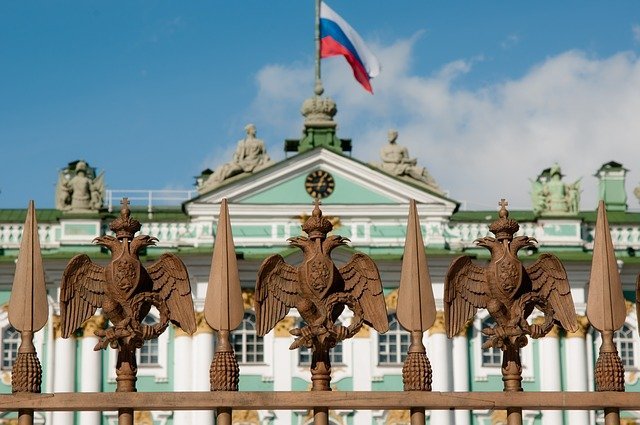The Eastern Military Region of Russia announced on December 1 that Russia’s latest improved S-300V4 anti-aircraft missile system began to be on duty in the South Kuril Islands on the same day. Japanese media interpreted that this move was a warning to the United States and Japan.
On the same day, the Russian S-300V4 anti-aircraft missile system team began to be on duty in the South Kuril Islands. Japan claimed that the four northern islands were on duty. Russian Red Star TV revealed that the S-300 systems were transferred from the inland areas of Russia to the island of Chok-catch through “land and sea intermodal transportation”.
Russian Red Star TV reporter: After a long journey, these equipments were transported nearly 8,000 kilometers by train on land, and then transported here by Pacific Fleet ships from Vladivostok, covering a voyage of 1,400 nautical miles.
According to Russian media reports, the S-300V4 system deployed to the island is equipped with two types of interceptors: one is dedicated to destroying cruise missiles and ballistic missiles, and the other is used to destroy fixed-wing aircraft and helicopter targets.
Japanese media: Russia’s move may warn the United States and Japan
Japan’s NHK TV station pointed out that this is the first time that Russia has deployed the S-300 on a disputed island between Russia and Japan, which may be intended to warn Japan and the United States not to deploy intermediate-range missiles in Japan.
The Kuril Islands are located between the Kamchatka Peninsula in the Far East of Russia and Hokkaido, Japan. The tooth dance, Sedan, Kunihou and Otsukuo Island in the southern part of the islands are called the South Kuril Islands by Russia and the four northern islands in Japan.
Since the end of World War II, the four islands have been under the de facto control of Russia, and Russia and Japan have not compromised to each other on the ownership of the four islands.



